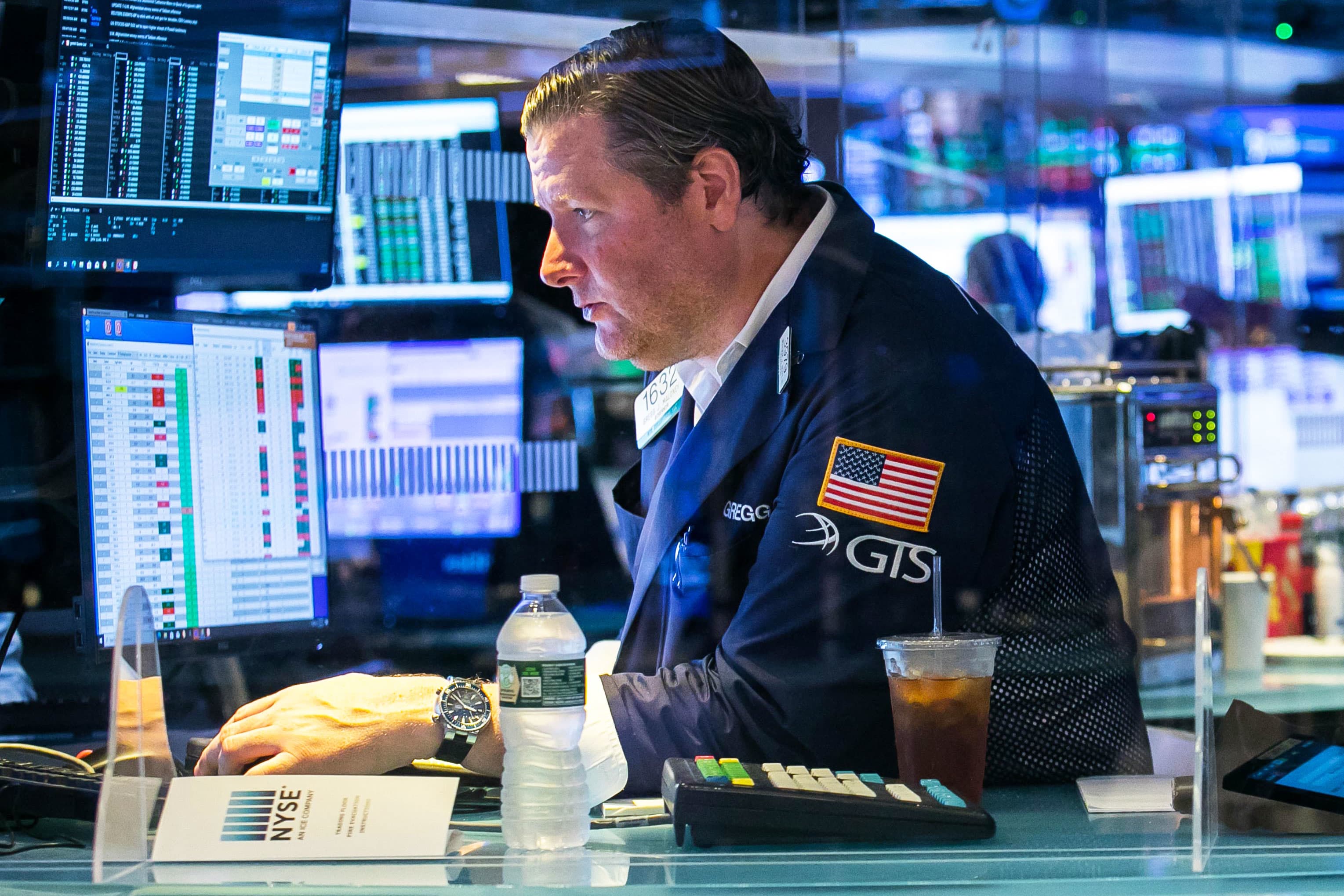U.S. stock index futures were modestly higher during overnight trading on Monday, after the S&P 500 finished in the green, snapping a five-day losing streak.
Futures contracts tied to the Dow Jones Industrial Average rose 75 points. S&P 500 futures gained 0.2%, while Nasdaq 100 futures were up 0.13%.
The Dow and S&P both advanced during regular trading for the first time in six sessions as investors bet that some recent selling looked overdone. The Dow gained about 260 points, or 0.76%, after at one point during the session rising nearly 1%. The S&P advanced 0.23%.
The Nasdaq Composite, however, bucked the trend and slid 0.07% for its fourth straight negative session. The tech-heavy index is on its longest daily losing streak since mid-July.
Eight out of 11 sectors finished in the green, led higher by energy stocks, which jumped on the back of rising oil prices.
Stocks linked to the economic reopening – including airlines and cruise line operators — also gained after the seven-day daily U.S. Covid case average declined to around 144,300, down from roughly 167,600 cases per day at the beginning of the month.
“In the near-term, we expect increased stock market volatility, although long-term investors should use pullbacks to add to stock exposure,” noted Richard Saperstein, chief investment officer at Treasury Partners. “The next six weeks tend to be seasonally weak for stocks, which is an additional worry for a stock market that is already facing elevated valuations and a lack of near-term upside catalysts,” he added.
Closely-watched inflation data will be released on Tuesday when August’s consumer price index reading is released. Economists are expecting consumer prices to have risen 0.4% month over month during August, and 5.4% year over year, according to estimates from Dow Jones. The print comes after producer prices jumped 8.3% year over year during August, marking the largest annual increase since records were first kept in November 2010.
The National Federation of Independent Business will also release its latest survey on Tuesday, which will provide investors with a pulse on how small businesses are faring.
In Washington, House Democrats proposed new tax hikes to pay for the $3.5 trillion spending package. A summary from the Ways and Means Committee showed that the plan calls for top corporate and individual tax rates of 26.5% and 39.6%, respectively.
The major averages are all down at least 1% for September, and RBC doesn’t see the S&P 500 surging into the end of the year. The firm raised its year-end target for the benchmark index to 4,500 on Monday, up from a prior target of 4,325. The new target is less than 1% above where the index closed on Monday. The firm also introduced a 2022 year-end target of 4,900.
“We continue to think the S&P 500 will experience a bout of volatility/meaningful pullback before the year is up, a call that we’ve been making for the past several months due to elevated equity market sentiment and positioning,” the firm wrote in a note to clients.
“While we take the reasons for a pullback seriously, we also see economic recession risks as low, reducing the likelihood of a full growth scare, and intend to treat it as a buying opportunity,” RBC added.
The Federal Reserve begins a two-day policy meeting on September 21.
Become a smarter investor with CNBC Pro.
Get stock picks, analyst calls, exclusive interviews and access to CNBC TV.
Sign up to start a free trial today
